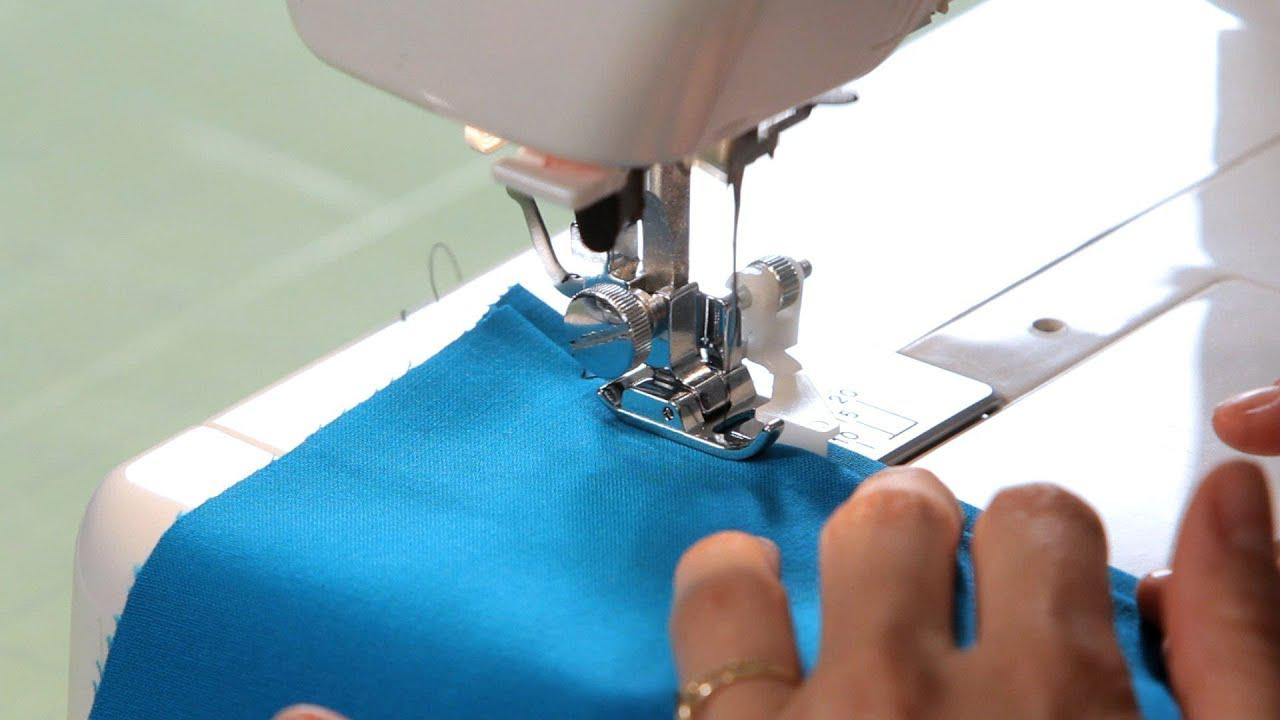Work on Sewing Machines - Tips for Beginners

When, almost two centuries ago, the ingenious mechanical sewing machine appeared, it caused a real revolution in the textile industry. Since then, to this day, this unit has found a place not only in factories but in many homes.
Getting a device like this can be a good investment, especially if you have kids (just think of how many times they tear their clothes up, and you have to pay for someone to fix that). But if you're not sure how to get this appliance, the Internet offers many useful sources of information, like https://cuttingmachinereviews.com/best-sewing-machines-for-beginners/.
Also, you should devote time to learning sewing techniques and work on this appliance. You can either take a course or check for online learning sources. In a while, if you’re persistent and devoted, you’ll be comfortable with using a sewing machine, and you can start making art from fabrics.
Invest in Sewing Machine
Being a beginner does not mean that you need a buy a cheap, poor-quality device just to practice on it. Of course, you don't even have to buy the most expensive model with top-notch performance. But some mid-range sewing machines will do. This device, with regular maintenance, can last many years and pay off itself very quickly.
What you need to know at the outset is how much you will use a sewing machine. If you only need it occasionally to sew a hole in the clothes, the simplest electromechanical models should be your choice. But if you plan on making clothes, remodeling, and custom-made tailoring, you need to invest in a slightly more modern and sophisticated appliance.
Read the Manual
Despite a large number of models with different functions, they all have more or less similar basic parts and the principle of work. Although it acts as a complicated mechanism because of all those buttons, belts, and shafts, working on a sewing machine is actually simple. On this link, you can find an explanation of how this appliance works.
Be sure to read the manual before operating the machine. While this may be tedious, you should learn what the replaceable parts on the unit are, what functions your appliance has, and when to use them. When you know how to hold a presser foot, wind the thread onto a bobbin, and what all those levers and buttons are for, your sewing lessons will be much easier.
Use Paper Scheme to Practice
Start practicing with the lines and patterns drawn on paper, as this will improve the use and control of the foot presser. Paper will do instead of fabric, as it won't slip under the presser foot and your hands. Draw straight lines or some geometric shapes of straight lines. Next time, try to move the foot presser evenly from the drawn line.
After a few days of practicing on straight lines, it's time to start with irregular shapes and angles. When you get to the angle or curve, stop, and lift the foot. Then, turn the paper with the needle in it, put the foot back down, and continue sewing. After a while, you’ll learn to do this in a continuous movement without lifting the presser foot.
Keep Your Stitches Neat
Once when your stitching looks neat and error-free, you can switch to fabrics. Flatten the material before putting it on the needle plate. You don't have to do this when you acquire a routine, but for starters, this will help you avoid creasing and the possibility of the fabric and thread getting stuck in the mechanism. You will also prevent this problem if you hold the ends of the thread when starting to sew.
By adjusting the tension, you regulate the tightness of the stitches. Most often, there is a button or wheel for this command. It may be harder for you at the beginning, but over time you will understand when to let go and when to tighten it to make stitches look neat.
Many people start making clothes and embroidered accessories as a hobby. A number of them can turn this hobby into a lucrative business after a while. If this is your idea, it's about time to get a sewing machine and start with the realization of your dream.

